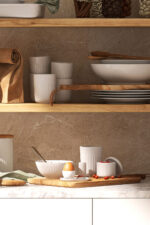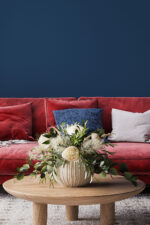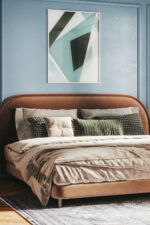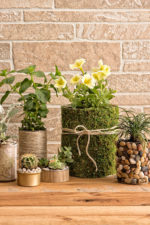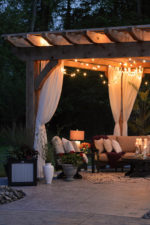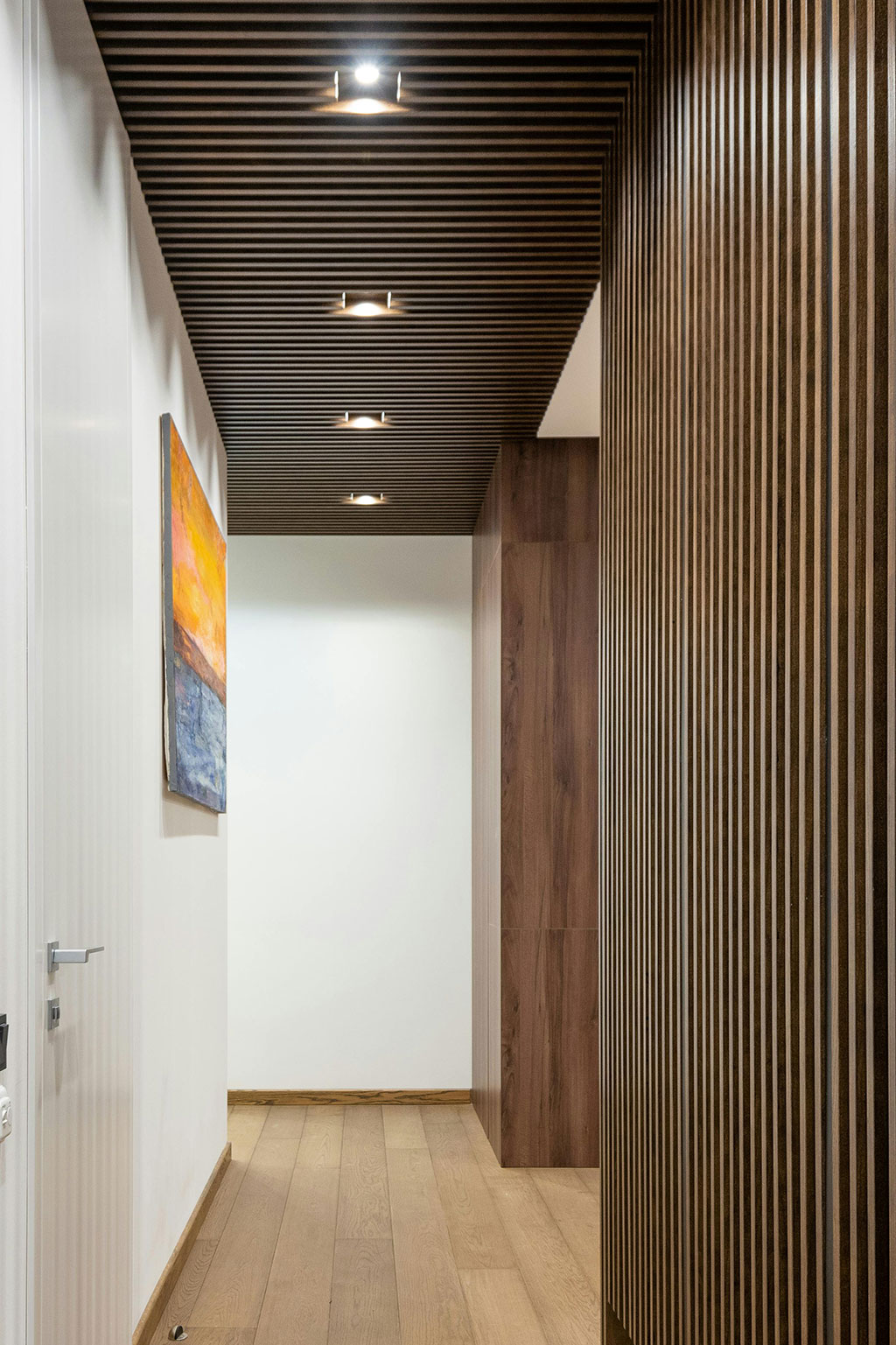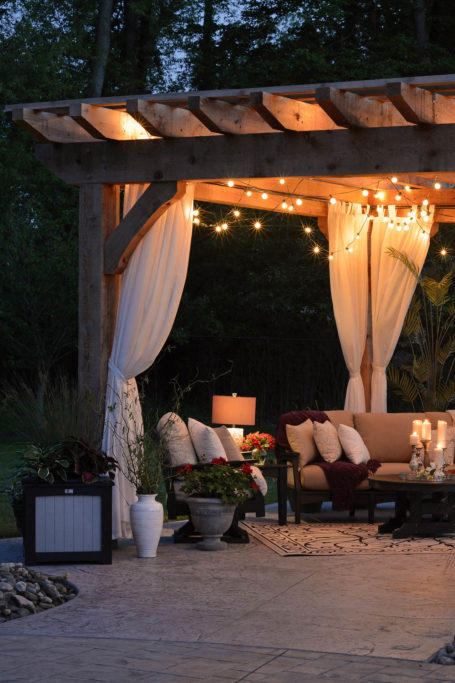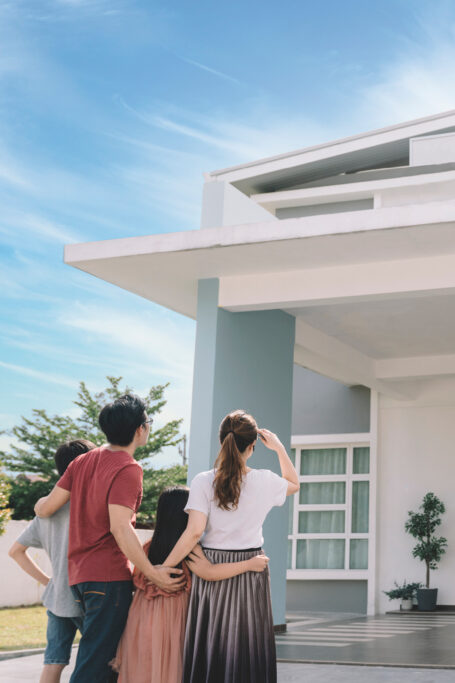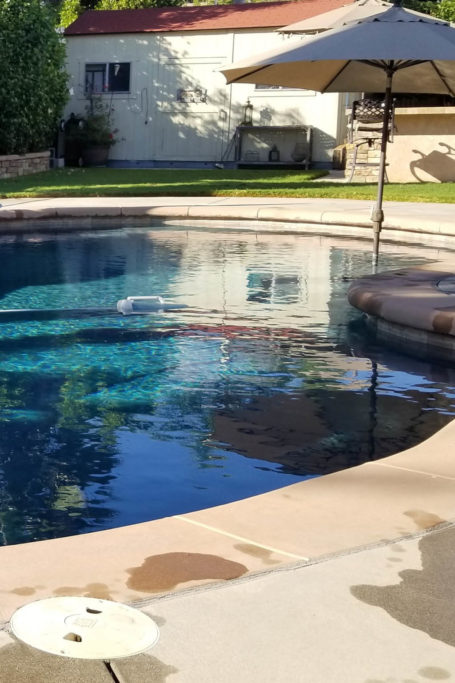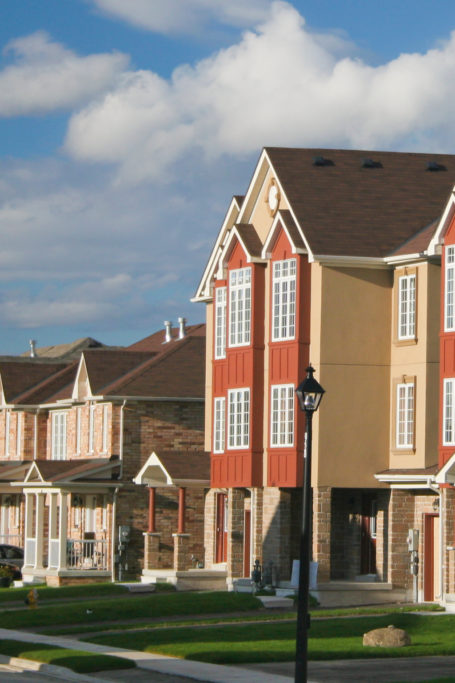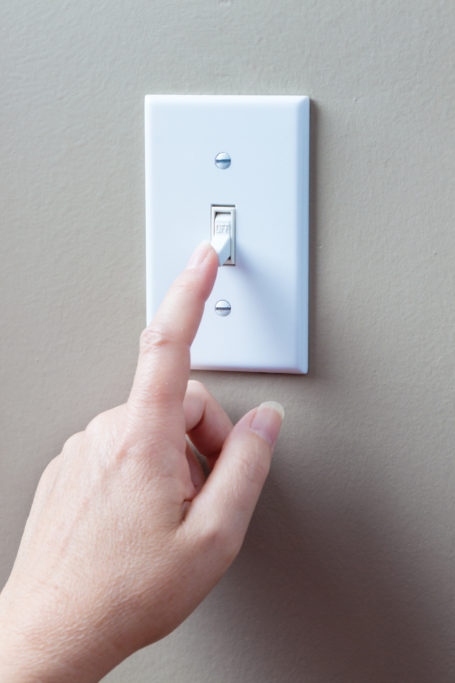5 Innovative Materials for Your Home
Beyond aesthetics, the materials selected for your home are pivotal to shaping its functionality and durability as well as your daily experience within it.
And while hardwood and brick have long been staples in home construction, there are some inventive and beautiful alternatives emerging in popularity. Consider the following exceptional home-design materials, which offer impressive beauty, sustainable attributes, and unique visuals that can completely redefine a space.
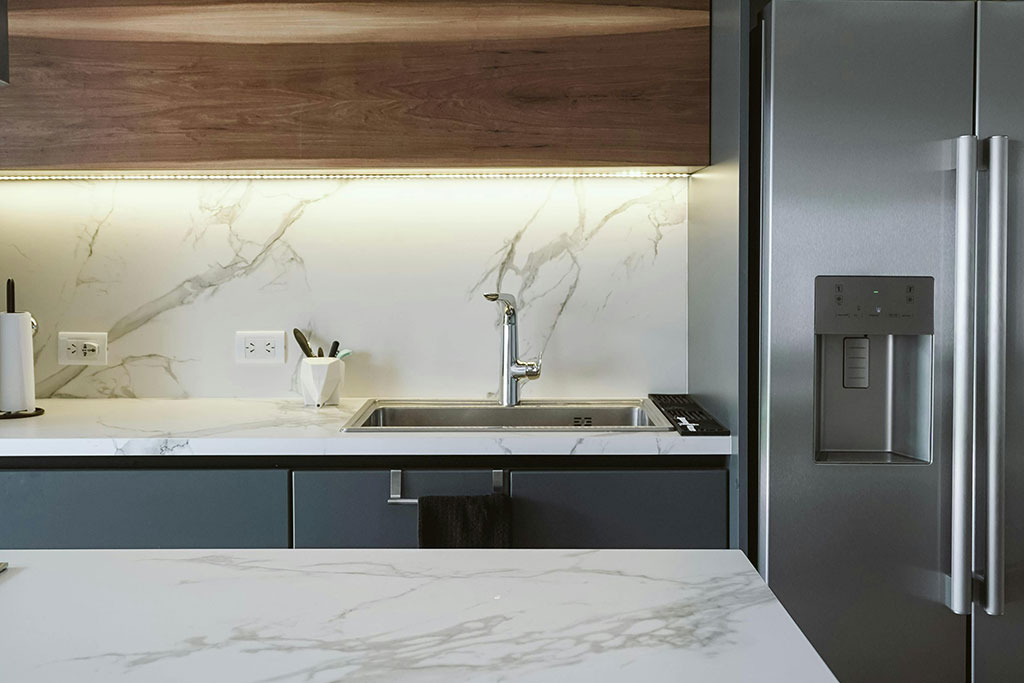
Porcelain countertops
Whenever you think of countertops, granite or engineered options like quartz may come to mind. However, an ancient decorative material has recently come to the forefront: porcelain. Reimplemented for daily use in kitchens and bathrooms alike, this alternative combines the earthy and matte look of ceramics with high durability and heat resistance. Chalk its strength up to its construction; to craft these countertops, specialists must blend raw materials under extremely high heat and then contour them into delightfully stylish slabs. Nonporous and stain resistant, porcelain could add tremendous style, dependability, and value to multiple rooms in your home.
Bamboo panels
Often hailed as “green steel” thanks to its rapid growth, eco-friendly sourcing, and strength in home construction, bamboo achieves just about everything you would want out of a building material. Best of all, its natural grain lends a pleasant texture and earthy neutral color to any room. Like porcelain, bamboo isn’t necessarily new, but it has found new life in a surprising feature. Home-material specialists are now using bamboo to craft interior wall and ceiling panels, leveraging its sound-filtering features, flexibility, and ability to withstand carving into intricate patterns. Whether you want to create the ultimate accent wall, attention-grabbing ceiling, or entryway trim, adding these bamboo panels can lend your home breathtaking, sustainable style that lasts.
COR-TEN steel
Traditionally used in commercial and railroad construction, long-lasting COR-TEN steel is finding its way into home design as well. As with other metals, this material rusts when exposed to the elements. However, unlike with other metals, said rust appears as a protective orange-brown patina, transforming COR-TEN into a low-maintenance and beautiful visual accent. Apply it to exterior railing or awnings to add distinct color and rustic aesthetics to your outdoor spaces. Or acquire prerusted steel for use as interior wall cladding. Either way, you’ll be left with supreme style that doesn’t just last but improves over time.
Recycled glass
Recycling is practically synonymous with green living, and as environmental concerns grow more pressing, sustainable materials are becoming highly sought-after, boosting the potential resale value of homes in which they are integrated. Glass is one of the most efficient materials to recycle, and that means this durable yet visually unique material is expanding into various home applications beyond windows. Crushed, melted glass can be formed into long-lasting countertops as well as stylish tiles that add an exceptional glimmering texture to showers, backsplashes, and more. Slightly translucent and cheap to replace, recycled glass combines modern sophistication with forward-thinking eco-consciousness.
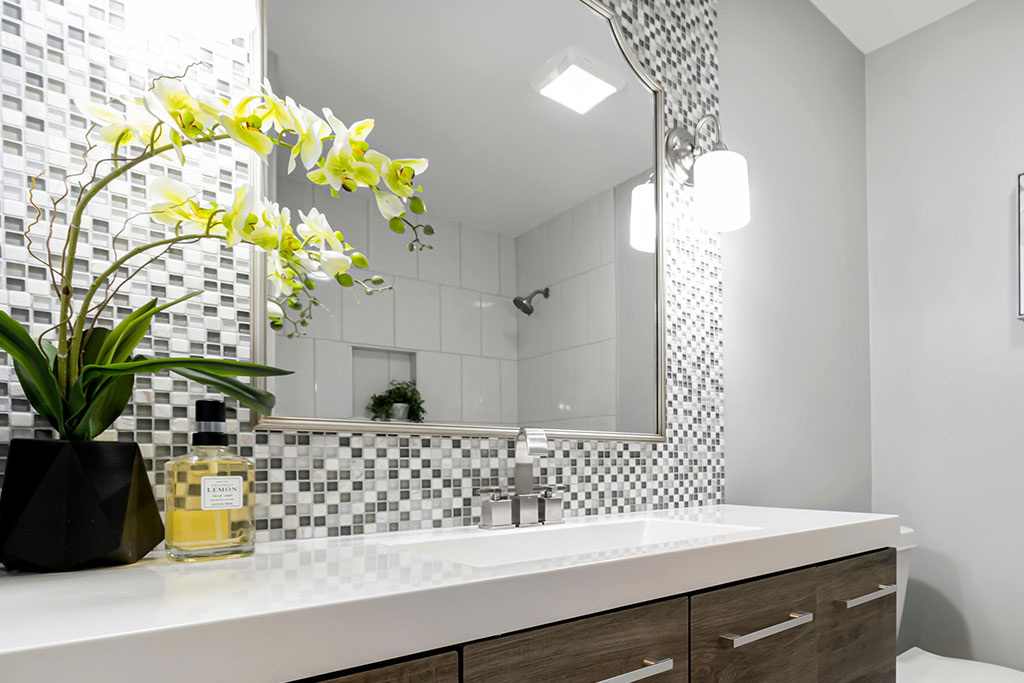
Mycelium blocks
This final entry is certainly the oddest and most futuristic, yet it deserves attention because of how its distinct visuals are redefining elegance, influencing the home-design industry, and giving rise to some surprising trends. Technically a fungus—which means it’s naturally biodegradable—mycelium is being combined with 3D-printed wood shells to construct blocks for various home-construction uses. It’s naturally lightweight, surprisingly excellent as an insulator, and incredibly renewable.
You may not be ready for a house built of fungi just yet, nor is this readily an option for homeowners everywhere. However, it’s fascinating to consider the overlap between science and design—and experts in the worlds of fashion and home decor have also taken notice of mycelium’s surprising benefits. You may soon see its semitransparent, plaster-like appearance influencing trends in interior paint, countertops, and flooring.
As sustainable materials become more popular and the architectural landscape evolves, consider how you might invest in making style upgrades that make your home long-lasting, align it with decorative trends, and boost its resale value all at once.


